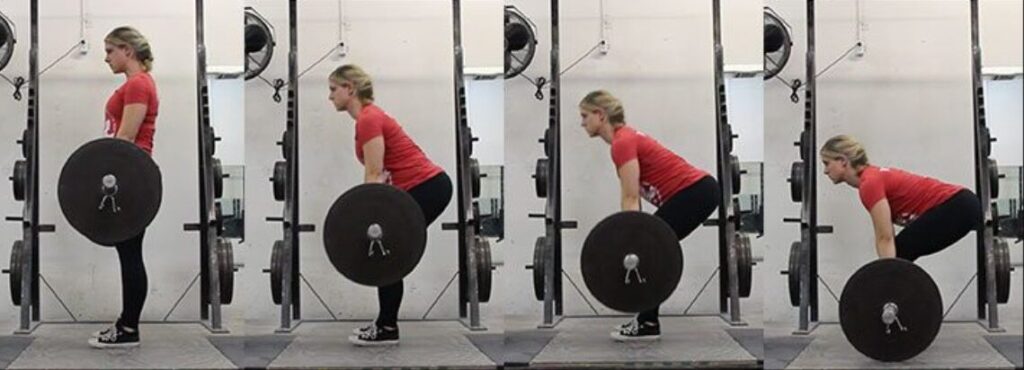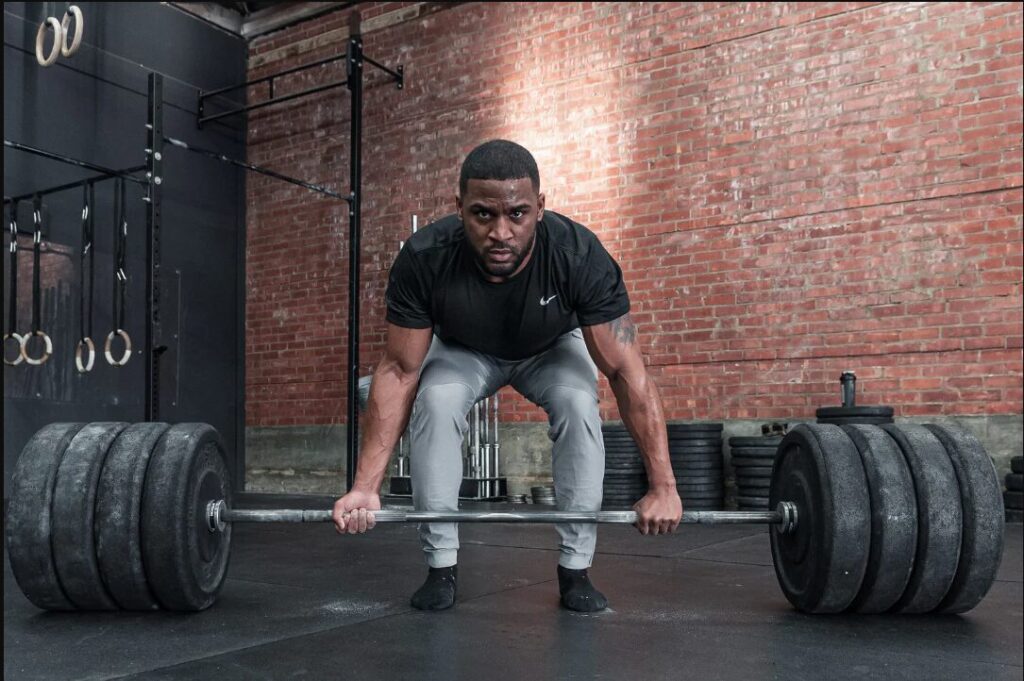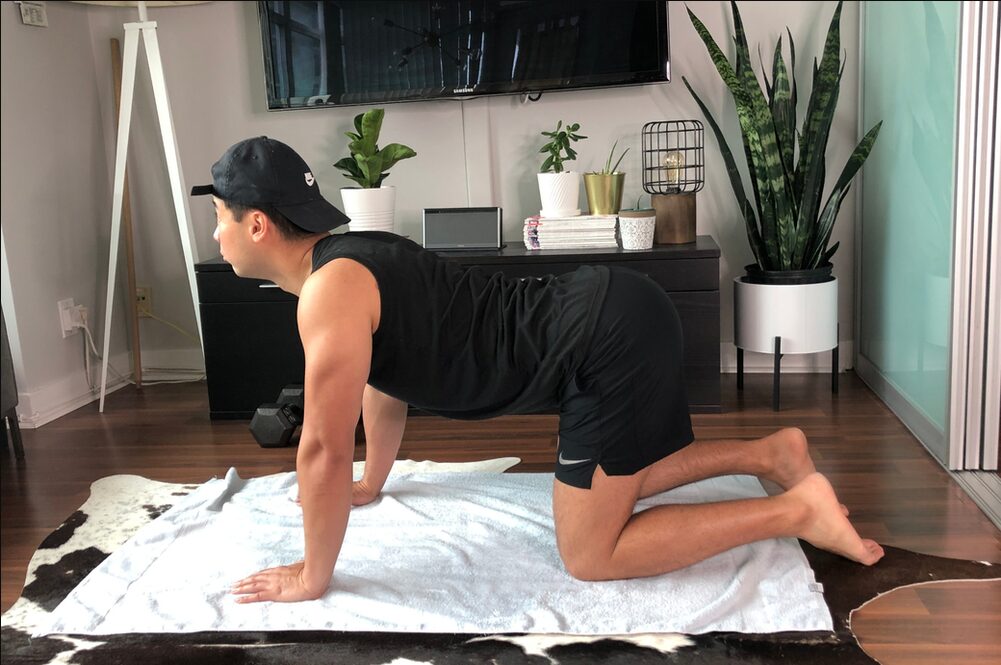The deadlift remains one of the most effective compound exercises for building full-body strength, especially in the posterior chain. From athletes to general fitness enthusiasts, deadlifts are a part of many training programs to build muscle mass, improve athletic performance, and enhance functional strength.
Deadlifting has its risks, though. The lower back pain that lifters report after deadlifting can range from mild soreness to more serious strains or injuries. This discomfort may result from technique errors, inadequate preparation, or overtraining.
Why Deadlifts Can Lead to Lower Back Pain
Lower back pain associated with deadlifts is frequently due to improper lifting mechanics. One of the most prevalent issues is form breakdown, particularly during heavier lifts. When the spine rounds or the hips rise too early, the body transfers excessive stress to the lumbar region.
A weak or poorly braced core also compromises spinal stability. Core bracing during deadlifts is essential for maintaining intra-abdominal pressure and creating a protective cylinder around the spine.
Additionally, overtraining without adequate recovery or lifting loads beyond one’s capability can result in fatigue-driven errors. When combined with limited mobility or skipping a proper warm-up, these conditions are ripe for lower back strain and discomfort.
Proper Deadlift Setup and Execution
Protecting your spine begins with the correct setup. A neutral spine and a solid hip hinge are fundamental. Maintaining a flat back with your hips pushed back and your chest lifted ensures that the motion originates from your hips, not your lower back.
Toes should face outward, and feet should be shoulder-width apart. The grip should be firm, and the bar should be close to the body during the lift, following a straight line over the midfoot.
Lifters often make the mistake of jerking the bar off the ground, rounding their upper or lower back, or allowing their knees to shoot forward. Cueing strategies such as “pull the slack out of the bar,” “chest up,” and “push the floor away” can reinforce proper deadlift posture and alignment.

How to Brace and Engage Your Core
Core bracing is vital in protecting the spine during deadlifts. Creating intra-abdominal pressure acts like an internal weight belt, supporting the spine from within. It begins with a diaphragmatic breath into the belly, followed by tightening the abdominal wall and engaging the obliques and lower back.
Effective bracing should feel like you’re preparing to absorb a punch to the midsection—firm and locked in, yet not so tight that it restricts movement.
Supporting drills such as planks, bird dogs, and dead bugs help develop the stability required for heavy lifts. These exercises strengthen the deep core musculature that maintains spinal integrity during high-load movements.

Warm-Up and Mobility Tips for Safer Deadlifting
A comprehensive warm-up is essential before performing deadlifts. Dynamic exercises like glute bridges, bodyweight squats, and leg swings activate key muscle groups and prepare the nervous system for intense work.
Mobility in the thoracic spine and hips is also important for achieving and maintaining good deadlift form. Limited hip mobility often results in compensations through the lower back, increasing the risk of injury.
Drills that focus on hip flexor length, hamstring readiness, and ankle dorsiflexion should be part of a lifter’s pre-lift routine. Activation work ensures that stabilizers, such as the glutes and lower traps, are firing, which in turn helps maintain better posture and alignment under load.
Post-Deadlift Recovery Practices
What you do after your deadlift session matters just as much as what you do during it. Cooling down with light aerobic activity, such as walking or cycling, helps flush metabolic waste and promotes circulation.
Foam rolling, lacrosse ball therapy, and other soft tissue techniques target tight areas like the erector spinae and glutes. Stretching the hips, hamstrings, and lower back can also help alleviate tightness after a lift.
Knowing when to rest versus train is critical. Persistent soreness may be a sign of overreaching or poor recovery. Listening to your body and adjusting volume and intensity is key to preventing chronic pain or injury.

What to Do If You Already Have Back Pain
If you’re already dealing with back pain from deadlifting, it’s important to differentiate between general soreness and potential injury. Muscle fatigue may improve with rest and mobility work, while sharp or radiating pain may require medical evaluation.
Seeking advice from a physical therapist or sports physician is advised if the discomfort lingers or worsens. In the meantime, avoid movements that aggravate the pain and consider implementing rehab-friendly patterns like bird dogs, cat-cow stretches, and supported hip hinges.
Staying active in a safe and modified manner helps maintain conditioning and promote healing without placing further stress on the injured area.
Smart Programming for Deadlift Longevity
Long-term success in deadlifting requires intelligent programming. Managing frequency and volume is essential, especially for those who train multiple times a week. A balance between intensity and recovery helps avoid overuse injuries.
Load progression should be gradual, with deliberate deload weeks included to allow for muscle and nerve recovery. Tracking loads and listening to fatigue levels helps avoid unnecessary strain.
Incorporating accessory work that targets the hamstrings, glutes, and core further supports the spine during deadlifting. Romanian deadlifts, hip thrusts, and reverse hypers are effective tools for building resilient posterior chain strength.
Equipment That Can Help
When used correctly, a lifting belt can provide external support and reinforce core bracing. It’s most beneficial during maximal lifts but should not be relied upon exclusively. Learning to brace without a belt remains fundamental.
Footwear also matters. Flat-soled shoes or lifting barefoot allow for better ground contact and stable positioning. Cushioned running shoes, by contrast, may impair balance and shift loading patterns.
For those dealing with mobility issues or recovery from injury, trap bar deadlifts or block pulls offer a safer alternative by reducing the range of motion and spinal demand.
Frequently Asked Questions
Why does my lower back hurt after deadlifting?
Common causes include improper form, rounding of the spine, lifting too heavy, or inadequate recovery. A weak core or poor bracing technique can also lead to discomfort.
Should I use a belt when deadlifting?
A lifting belt can help during heavy sets by enhancing core pressure, but it should complement, not replace, proper technique and bracing.
What exercises help protect your spine when deadlifting?
Planks, bird dogs, glute bridges, and Romanian deadlifts all help build strength and stability in the muscles that support spinal health during heavy lifts.



